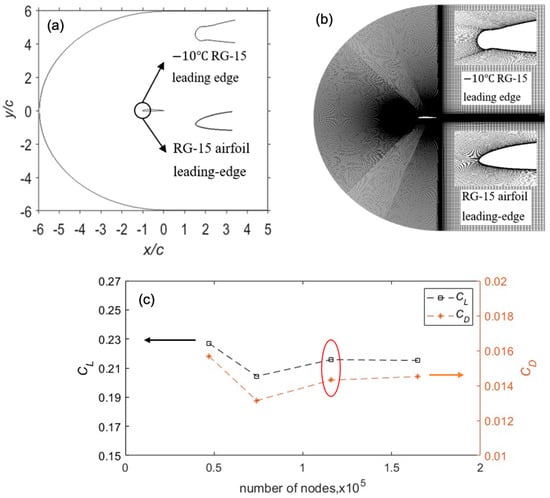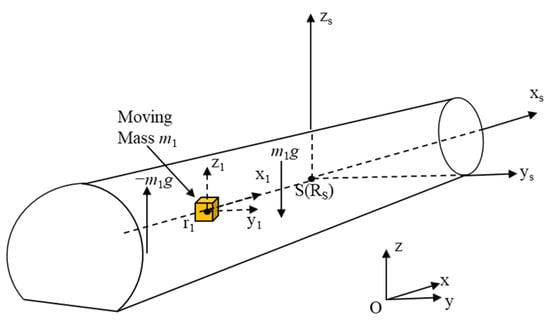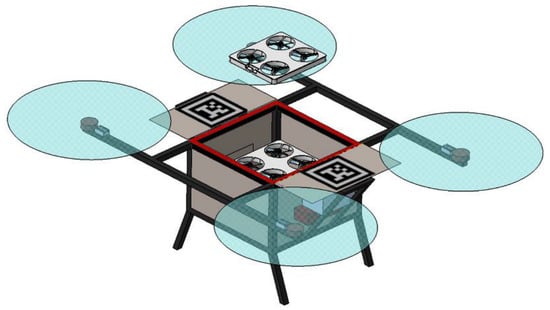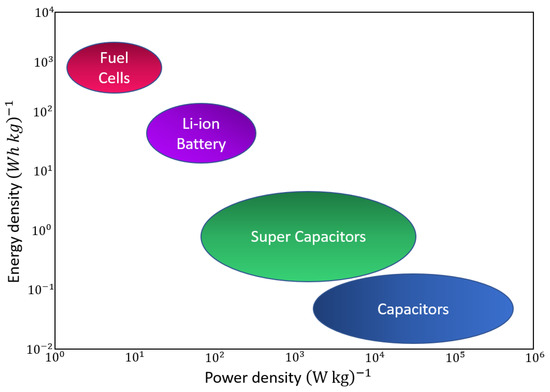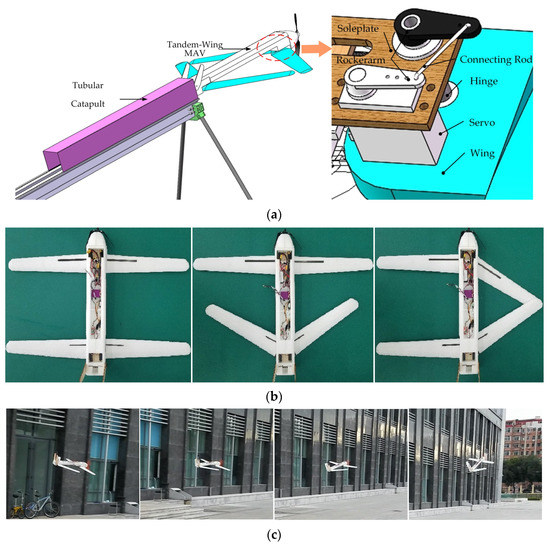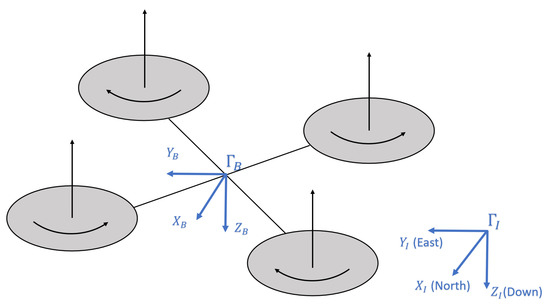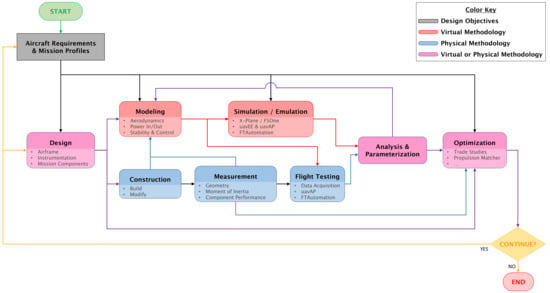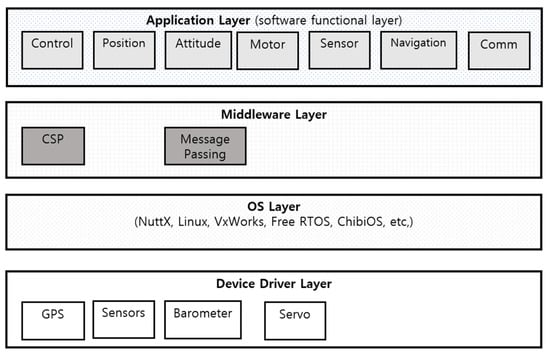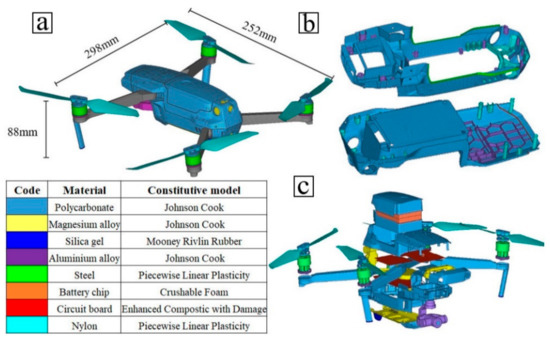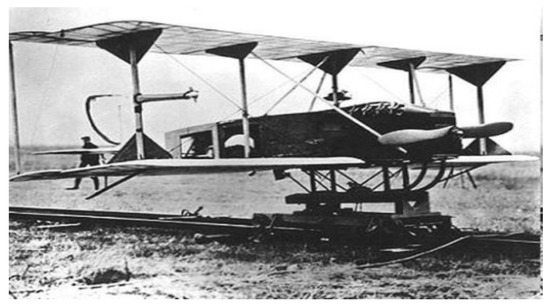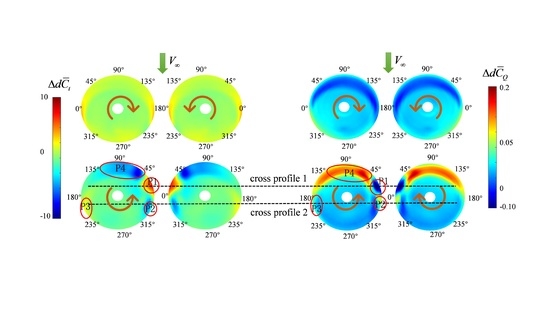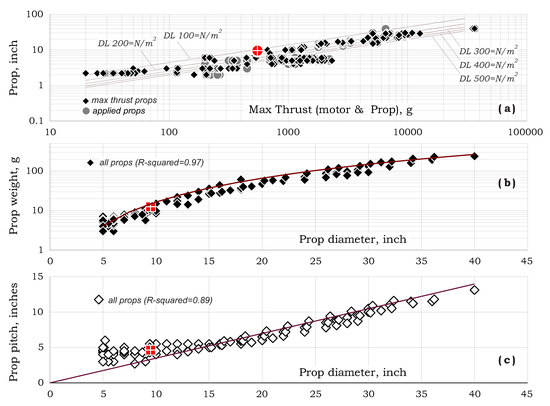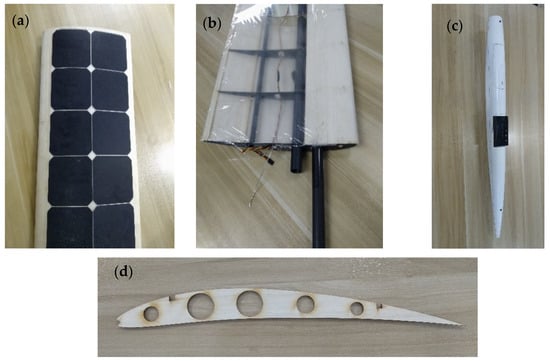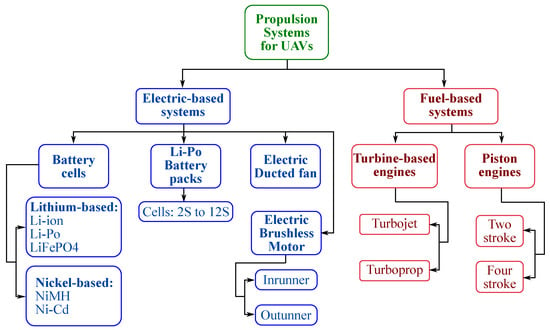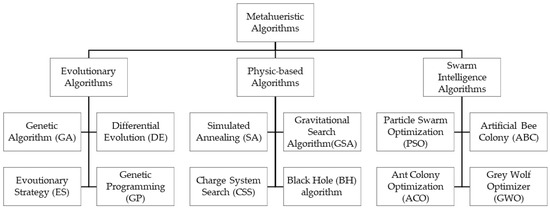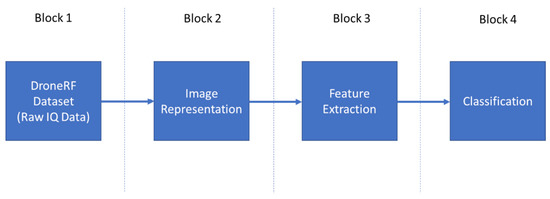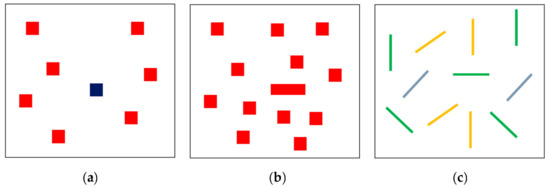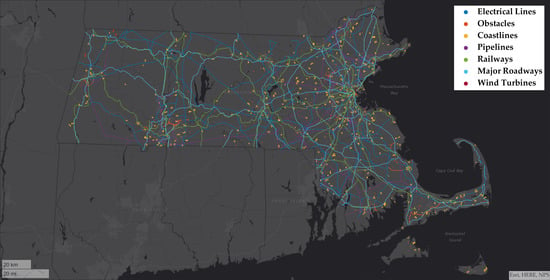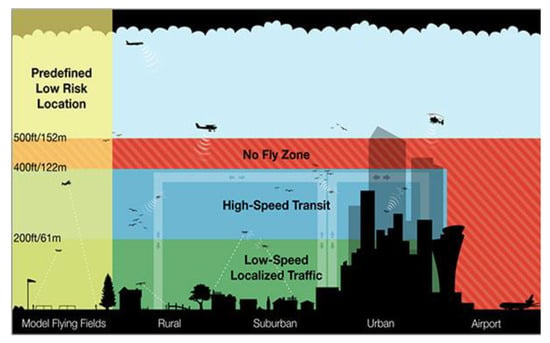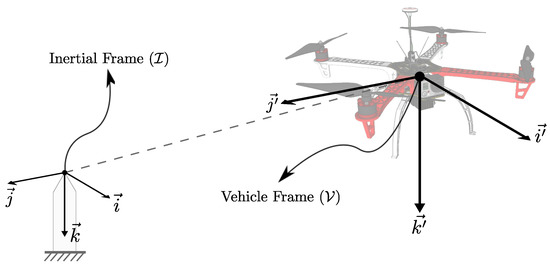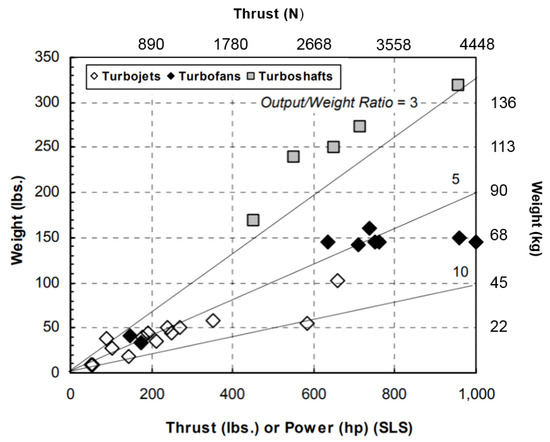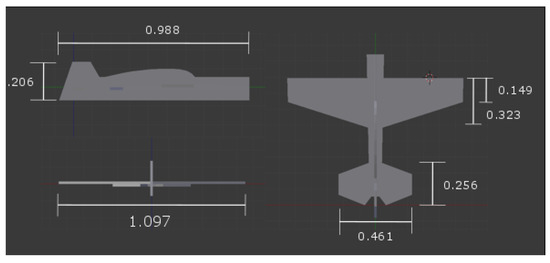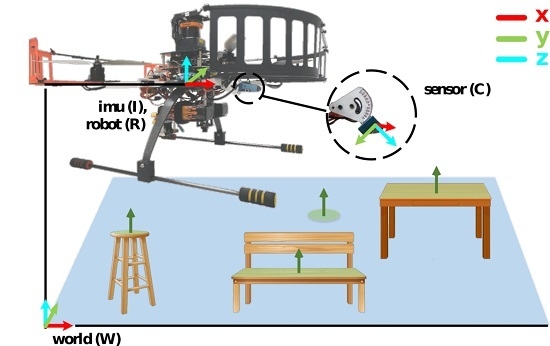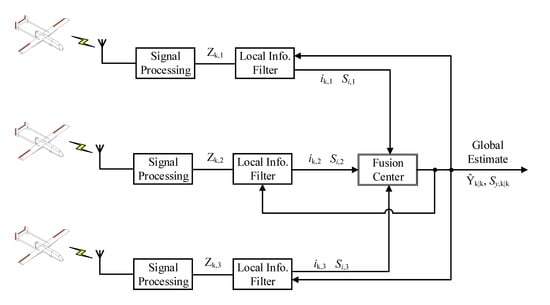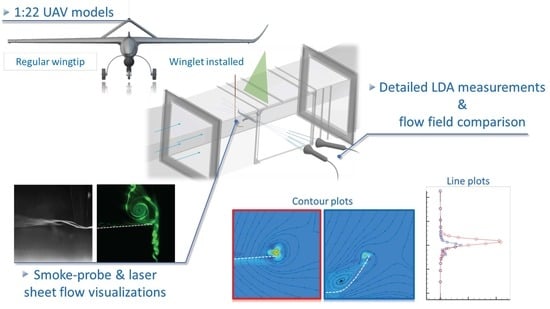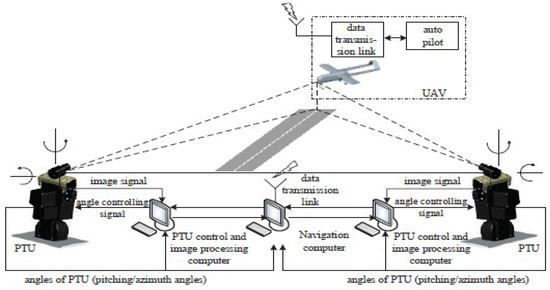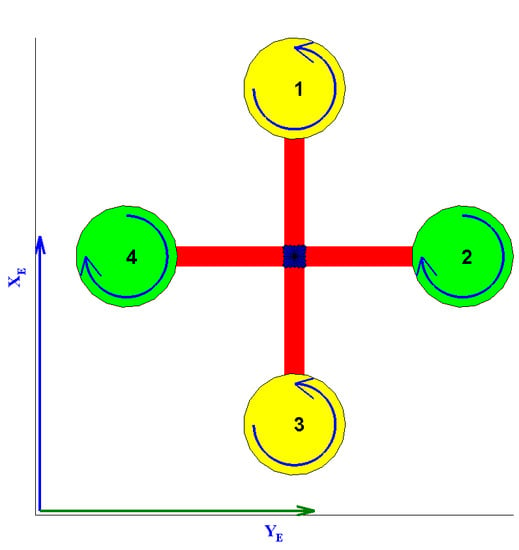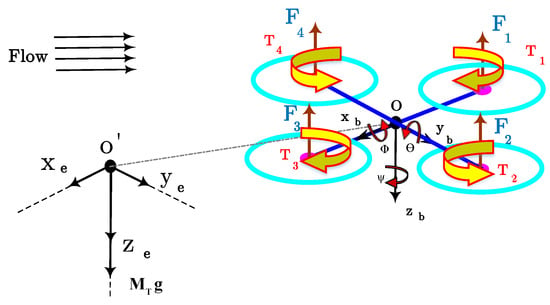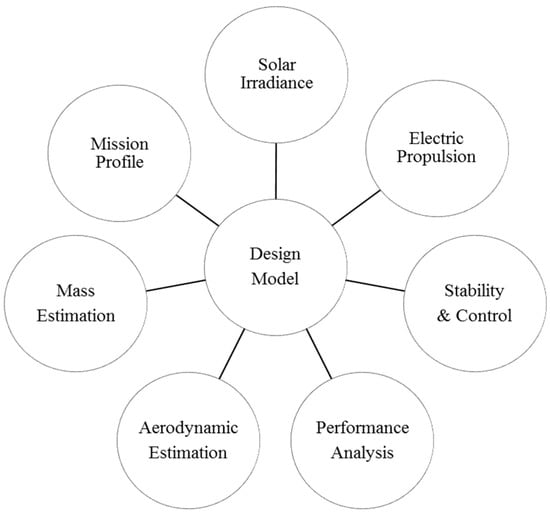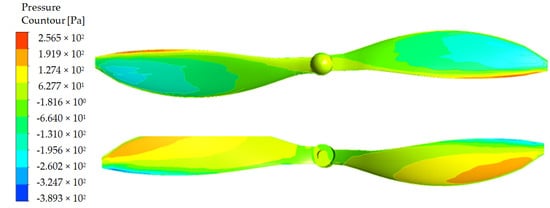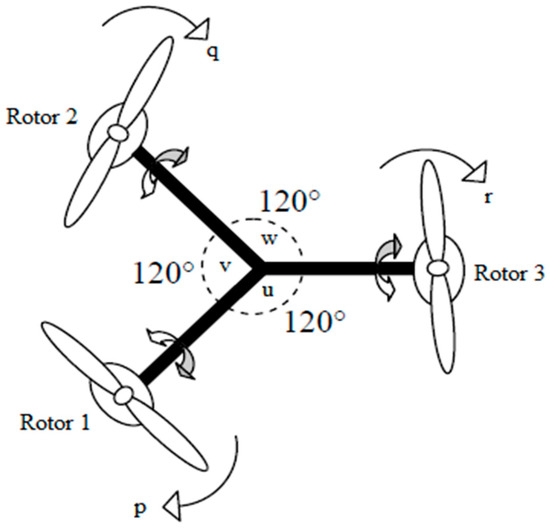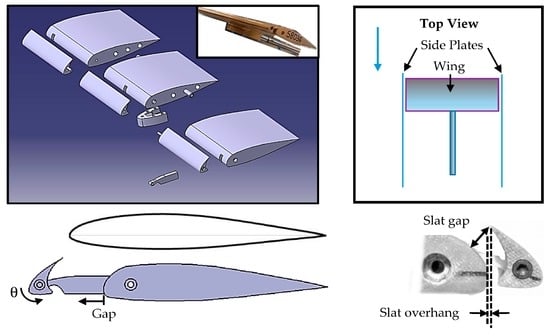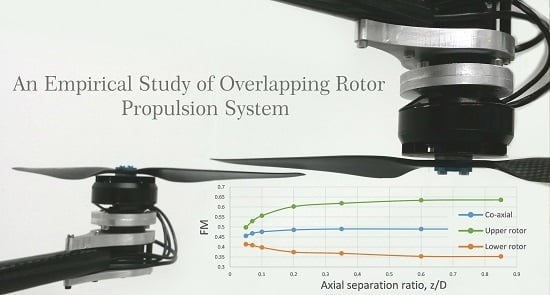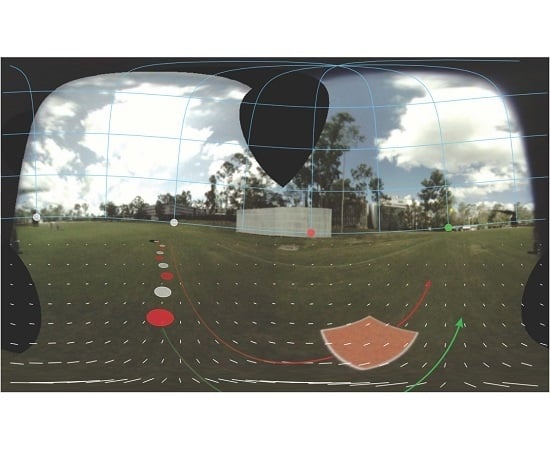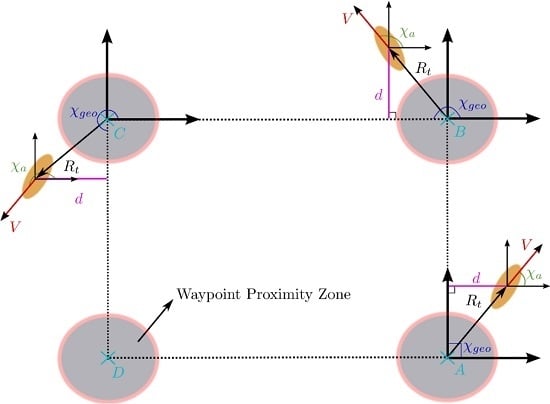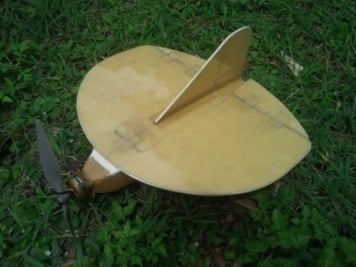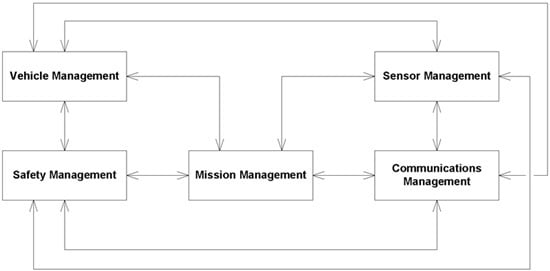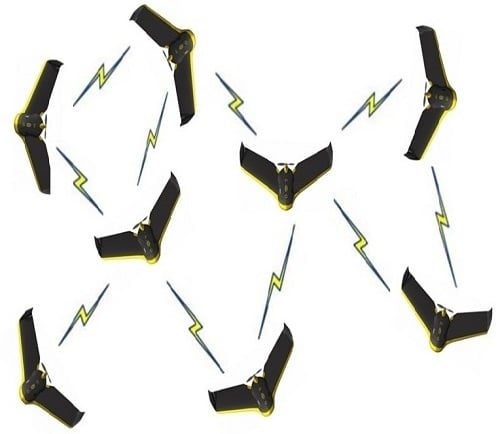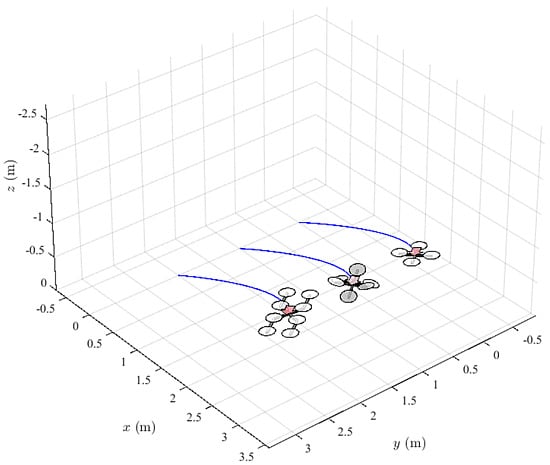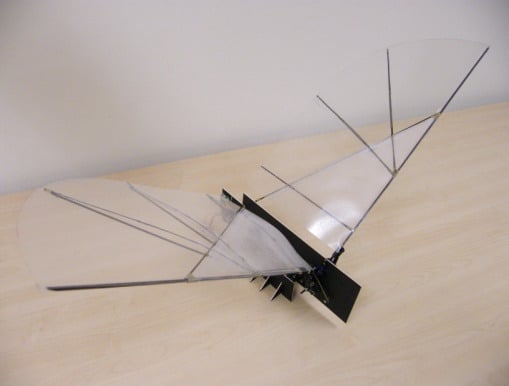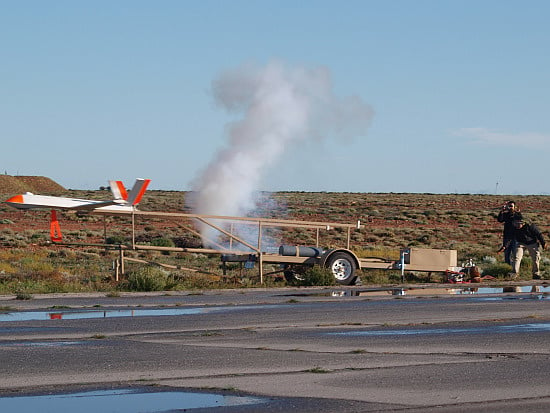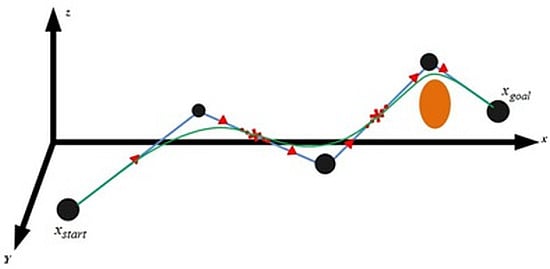Unmanned Aerial Systems
A topical collection in Aerospace (ISSN 2226-4310). This collection belongs to the section "Aeronautics".
Viewed by 341195Editors
Interests: autonomous systems; multi-agent & multi-resolution simulation; nonlinear control; operational analysis and flight dynamics & control
Special Issues, Collections and Topics in MDPI journals
Interests: robotics; sensing; biomimicry; aerospace
Special Issues, Collections and Topics in MDPI journals
Interests: Unmanned Aerial Systems (UAS); Geographic Information Systems (GIS); Land Cover Change; Global Positioning Systems (GPS); Remote Sensing; Land Surveying and Geodesy; Visualization and Visibility Analysis; Crime Mapping and Analysis; Geographic Information Science; Digital Measurement Tools for Natural Resource Applications; Stream Habitat; Precision Forestry; Spatial Statistics
Topical Collection Information
Dear Colleagues,
Once perceived as a niche application, Unmanned Aerial Systems (UAS) are now well established as a serious sector within the aerospace industry. The global marketplace for UAS technology has seen the sharpest growth of any aerospace sector for the past decade and this trend is predicted to continue well into the 21st century. Currently, the most prolific UAS application is military surveillance, where UAS systems have proven to be invaluable in recent conflicts. However, such uses merely scratch the surface of potential UAS applications—the real challenge facing researchers is to develop technologies to enable widespread adoption of UAS in civilian airspace, both controlled and urban.
Research in UAS requires expertise from disciplines across the academic and industrial spectra. Advances in computing and communications bandwidth for example have allowed aerodynamicists and aircraft structural engineers to explore the design space in a manner impossible even a few years ago. This is especially true in the domain of small-UAS, where a number of new platform designs from tail-sitters and stop-rotors to compound configurations have recently been proposed. Not new ideas, granted, but configurations now realisable within an unmanned aircraft setting. Unmanned systems have therefore created an opportunity for novelty, innovation and creativity in aerospace design not seen for half a century. Another key research area is in unmanned aircraft operations analysis. Here, new application areas for UAS are discovered as advances in airborne sensing, autonomy and precise platform control flow into UAS designs, yielding greater performance and capability.
The challenges in realising the true potential of UAS are not all technical. Societal factors must be addressed, particularly the negative stereotype of the ‘drone’. Such challenges may be overcome in part by developing innovative new design and analysis methods for improving and demonstrating UAS safety and reliability. We invite papers either addressing the research opportunities outlined here or in the general topic area of unmanned aerial vehicles that will make a substantive contribution to the state of the art.
Dr. David Anderson
Prof. Dr. Javaan Chahl
Dr. Michael Wing
Collection Editors
Manuscript Submission Information
Manuscripts should be submitted online at www.mdpi.com by registering and logging in to this website. Once you are registered, click here to go to the submission form. Manuscripts can be submitted until the deadline. All submissions that pass pre-check are peer-reviewed. Accepted papers will be published continuously in the journal (as soon as accepted) and will be listed together on the collection website. Research articles, review articles as well as short communications are invited. For planned papers, a title and short abstract (about 100 words) can be sent to the Editorial Office for announcement on this website.
Submitted manuscripts should not have been published previously, nor be under consideration for publication elsewhere (except conference proceedings papers). All manuscripts are thoroughly refereed through a single-blind peer-review process. A guide for authors and other relevant information for submission of manuscripts is available on the Instructions for Authors page. Aerospace is an international peer-reviewed open access monthly journal published by MDPI.
Please visit the Instructions for Authors page before submitting a manuscript. The Article Processing Charge (APC) for publication in this open access journal is 2400 CHF (Swiss Francs). Submitted papers should be well formatted and use good English. Authors may use MDPI's English editing service prior to publication or during author revisions.
Keywords
- autonomous systems
- aerospace sensor technologies
- aerodynamic technologies
- systems engineering
- guidance navigation and control
- unmanned systems operational analysis/air traffic management
- system of systems simulation
- aerospace design and optimization
- aerospace propulsion
- smart materials and structures
- composite structures and health monitoring
- rotorcraft
- flight safety
- reconfigurable/fault tolerant control
- flight dynamics
- small unmanned aerial vehicles
Related Special Issue
- Unmanned Aerial Systems 2015 in Aerospace (8 articles - displayed below)








